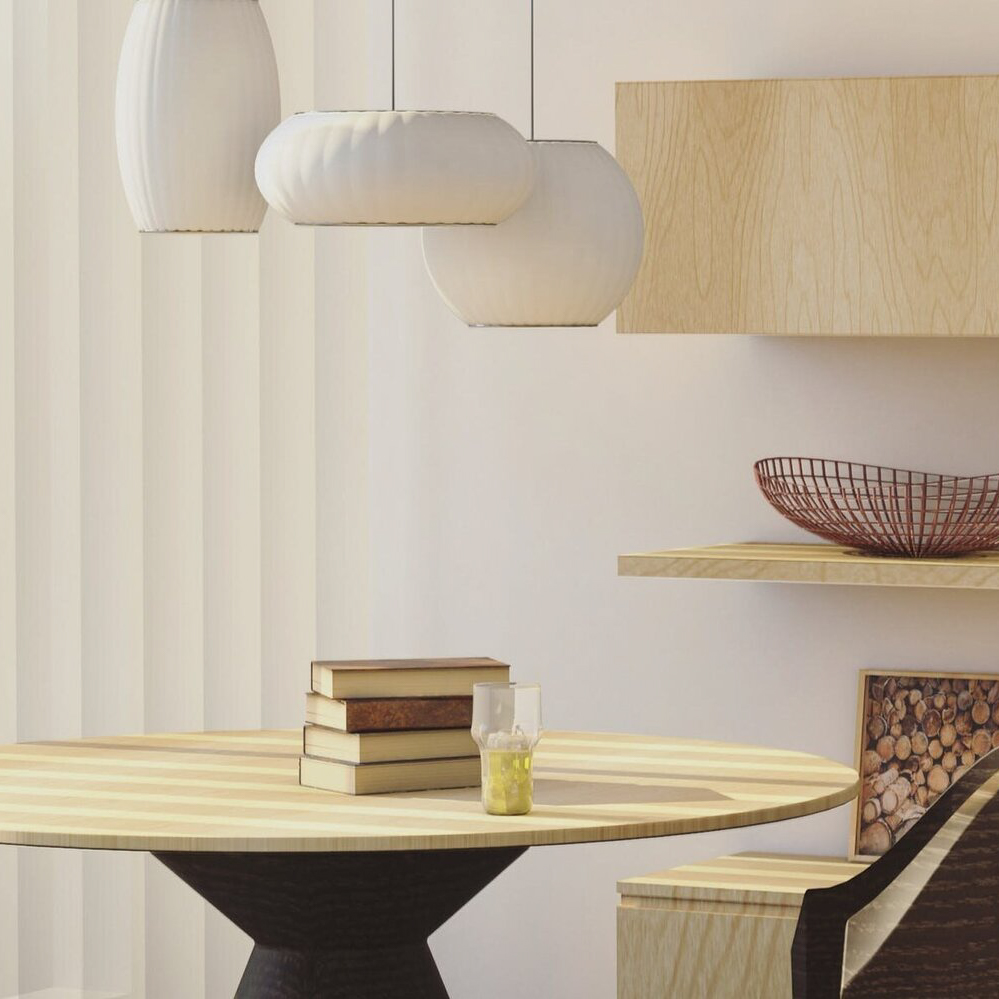Introduction
Ring lights have been a popular tool for photographers and videographers in recent years. They are versatile and easy to use, producing high-quality lighting that can make a huge difference in your photos and videos. In this article, we will explore why ring lights have become so popular, how they work, and the different types of ring lights available.
Why are Ring Lights so Popular?
Ring lights have become popular because they produce even and diffused lighting that can flatter any subject. The circular shape of the light creates a unique catchlight in the eyes, making them appear brighter and more alive. Ring lights are also lightweight and easy to transport, making them a great option for photographers and videographers who work on location.
How do Ring Lights Work?
Ring lights work by surrounding the lens of your camera. The circular shape of the light provides even lighting across your subject. Most ring lights are LED-based and can be adjusted to provide different levels of brightness and color temperature. Some ring lights even come with a dimming feature, which allows you to create the perfect amount of lighting for any situation.
Different Types of Ring Lights
There are a variety of ring lights available on the market, each with their own features and benefits. Here are some of the most popular types of ring lights:
Standard Ring Lights
Standard ring lights are the most common type of ring light. They come in a variety of sizes, from small to large, and can be adjusted to provide different levels of brightness and color temperature. They are a great option for portrait photography, makeup tutorials, and vlogging.
Selfie Ring Lights
Selfie ring lights are small, portable, and easy to use. They attach to your phone or tablet, providing even lighting for your selfies or video calls. They are a great option for social media influencers, bloggers, and anyone who wants to take high-quality selfies.
Continuous Ring Lights
Continuous ring lights are a great option for videographers who want to create high-quality videos. They provide even lighting for your subject and can be adjusted to provide different levels of brightness and color temperature. They are often used in music videos, interviews, and other types of video productions.


